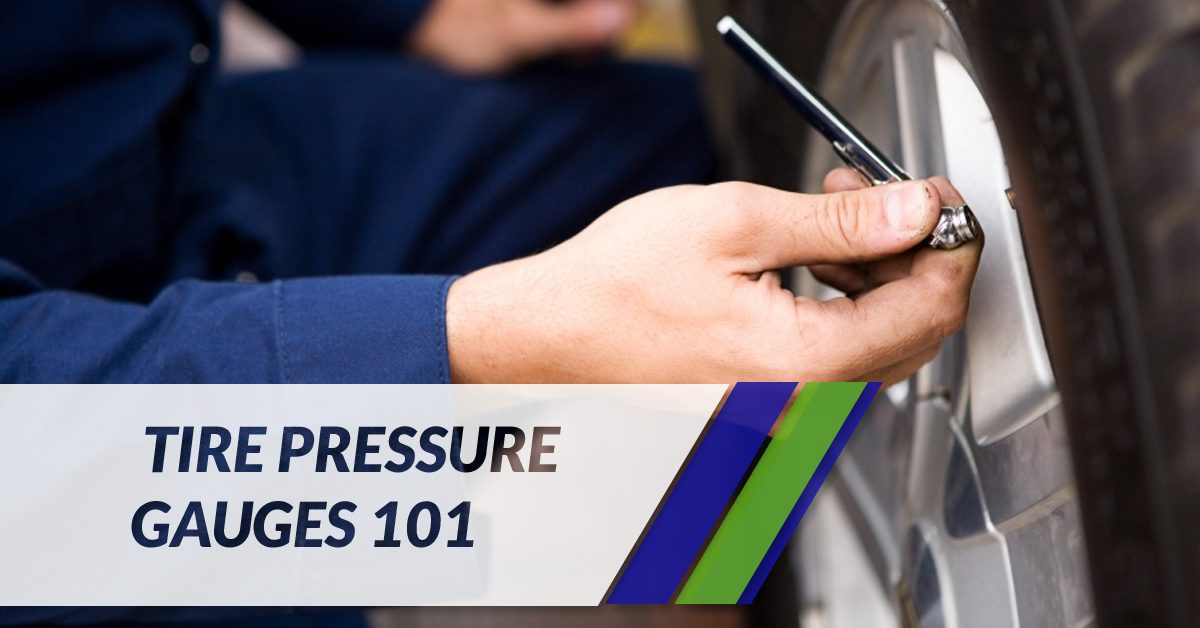 When you start your car and all the lights on your dash shine for a few seconds, your Low Tire Pressure light is among them. It’s connected to your tire pressure gauge, a sensor that receives the pressure in all four of your vehicle’s tires. If you have a modern vehicle, it has a Tire Pressure Monitoring System (TPMS) that is designed to turn on the warning light if it senses under-inflation of 25 percent. The under-inflation can come from any combination of all four tires.
When you start your car and all the lights on your dash shine for a few seconds, your Low Tire Pressure light is among them. It’s connected to your tire pressure gauge, a sensor that receives the pressure in all four of your vehicle’s tires. If you have a modern vehicle, it has a Tire Pressure Monitoring System (TPMS) that is designed to turn on the warning light if it senses under-inflation of 25 percent. The under-inflation can come from any combination of all four tires.
In today’s blog, we want to talk about your tire pressure gauge and the invaluable role it plays in keeping you safe. As you know, low tire pressure can lead to catastrophic tire damage and dangerous driving conditions. Read on to learn more!
The tire pressure light
- Once the TPMS senses tire pressure below 25 percent of the recommended pressure, the Low Tire Pressure light comes on. It’s usually an exclamation point within a ‘U’ shape. When you see it, you need to take action to fix the problem. Ignoring it could lead to premature wear, tread separation, and maybe even a blowout.
How to react to the tire pressure light
- Once you reach a gas station, car shop, or other place where you can tend to your car, check the pressure in all four tires. It may just be that one tire needs more air, or they all might need more air. If you check your tire pressure and it looks fine, there may be something wrong with your TPMS system and you should take your car in to get it checked.
Understanding direct and indirect TPMS
- Your vehicle has one of two systems for monitoring tire pressure. If it has an indirect TPMS system, it uses the speed sensor in your vehicle’s antilock braking system to figure out if one tire spins faster than the others. Why would a tire spin faster? Well, when a tire loses air, its circumference shrinks down, and it has to spin faster to keep up with the other tires. The indirect system isn’t very accurate.
- A direct TPMS system actually measures each tire’s pressure and provides accuracy within one PSI. Its sensors are mounted on the wheel or the tire valve, and once they register low pressure, they signal the vehicle’s computer to turn on the warning light.
- Thousands of car accidents happen each year because of improperly-inflated tires. As we said, tires with low pressure can put everyone within the vehicle and those around them in a very dangerous situation. At Metro Motors, we work hard to provide world-class tire services, including rotation. We want to make sure your tires are properly inflated and wearing at the correct rate.
We also provide a full menu of other car maintenance options. We are on a mission to be the car maintenance team you trust with your safety. We understand that your vehicle is integral to your quality of life, and we are privileged to help keep it running. Visit our friendly shop in Loveland today!





